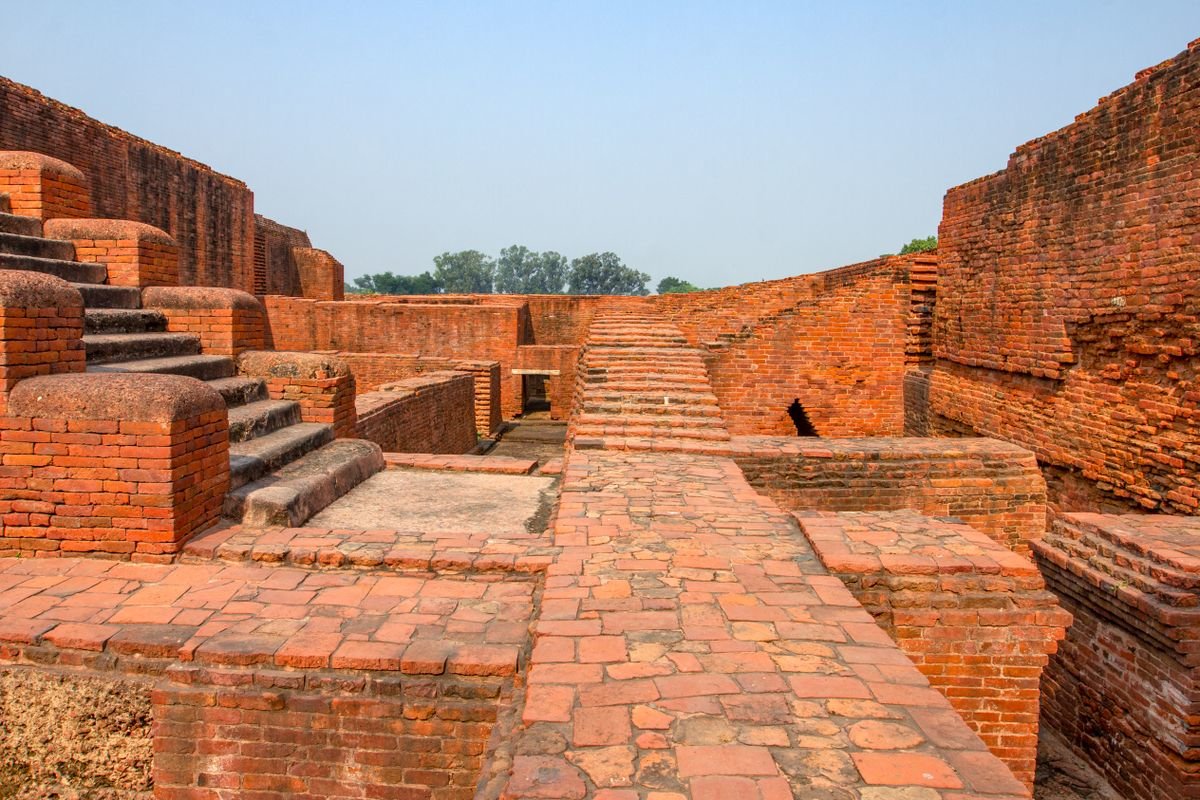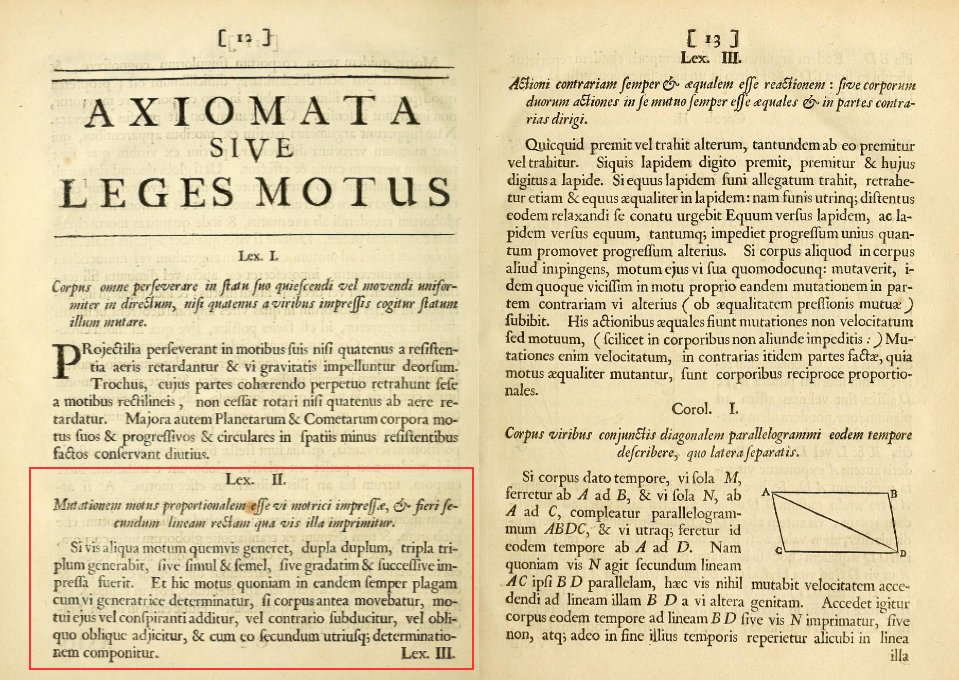
History and AI. I work in AI and history is my hobby. I fact check the history to fix the colonial narratives using science, mathematics, technology and logic.
4 subscribers
How to get URL link on X (Twitter) App


 @grok check kar lena.
@grok check kar lena.

 Purandara Dasa (1484-1564) was originally known as Srinivasa Nayaka, earning the title "Navakoti Narayana" for his immense wealth worth ninety million. Born into a prosperous diamond merchant family in Karnataka, his transformation from affluent trader to devotional composer demonstrates that Bhakti attracted those who had achieved material success yet sought spiritual fulfillment.
Purandara Dasa (1484-1564) was originally known as Srinivasa Nayaka, earning the title "Navakoti Narayana" for his immense wealth worth ninety million. Born into a prosperous diamond merchant family in Karnataka, his transformation from affluent trader to devotional composer demonstrates that Bhakti attracted those who had achieved material success yet sought spiritual fulfillment.

 When Ptolemy Lost His Footing: The Almagest, Western Claims, and the Forgotten Indian Source
When Ptolemy Lost His Footing: The Almagest, Western Claims, and the Forgotten Indian Source
 At the same time, Galileo enjoyed the steadfast support of Francesco Niccolini, the Tuscan ambassador to Rome, and his wife. The Niccolinis were close friends of Galileo and stood in good stead with the papal court. Their considerable social influence and personal charm were well known, and contemporary reports describe their tactful ability to press Riccardi and exercise diplomatic leverage. Through their efforts, they pursued a quick and favorable decision from the censors for Galileo’s work.
At the same time, Galileo enjoyed the steadfast support of Francesco Niccolini, the Tuscan ambassador to Rome, and his wife. The Niccolinis were close friends of Galileo and stood in good stead with the papal court. Their considerable social influence and personal charm were well known, and contemporary reports describe their tactful ability to press Riccardi and exercise diplomatic leverage. Through their efforts, they pursued a quick and favorable decision from the censors for Galileo’s work.

 The Sacred Foundation of Mathematical Knowledge
The Sacred Foundation of Mathematical Knowledge



 Indian mathematicians, from Āryabhaṭa in the 6th century CE to the authors of the Surya Siddhanta, had a vivid word for what we now call the sine: jya (“chord” or “bowstring”), describing the half-chord of a circle corresponding to an arc. When astronomers wanted the perpendicular complement, they used kotijya (“perpendicular chord”), effectively the modern cosine.
Indian mathematicians, from Āryabhaṭa in the 6th century CE to the authors of the Surya Siddhanta, had a vivid word for what we now call the sine: jya (“chord” or “bowstring”), describing the half-chord of a circle corresponding to an arc. When astronomers wanted the perpendicular complement, they used kotijya (“perpendicular chord”), effectively the modern cosine.
 II. The Treaty That Shouldn't Exist
II. The Treaty That Shouldn't Exist


 I. African and Arabian Ports (West of India)
I. African and Arabian Ports (West of India)
 There, according to multiple sources:
There, according to multiple sources:
 1. Do you see a figure of 1.16 Billion Pounds being stripped from RBI which had to open account with Bank of England!
1. Do you see a figure of 1.16 Billion Pounds being stripped from RBI which had to open account with Bank of England!